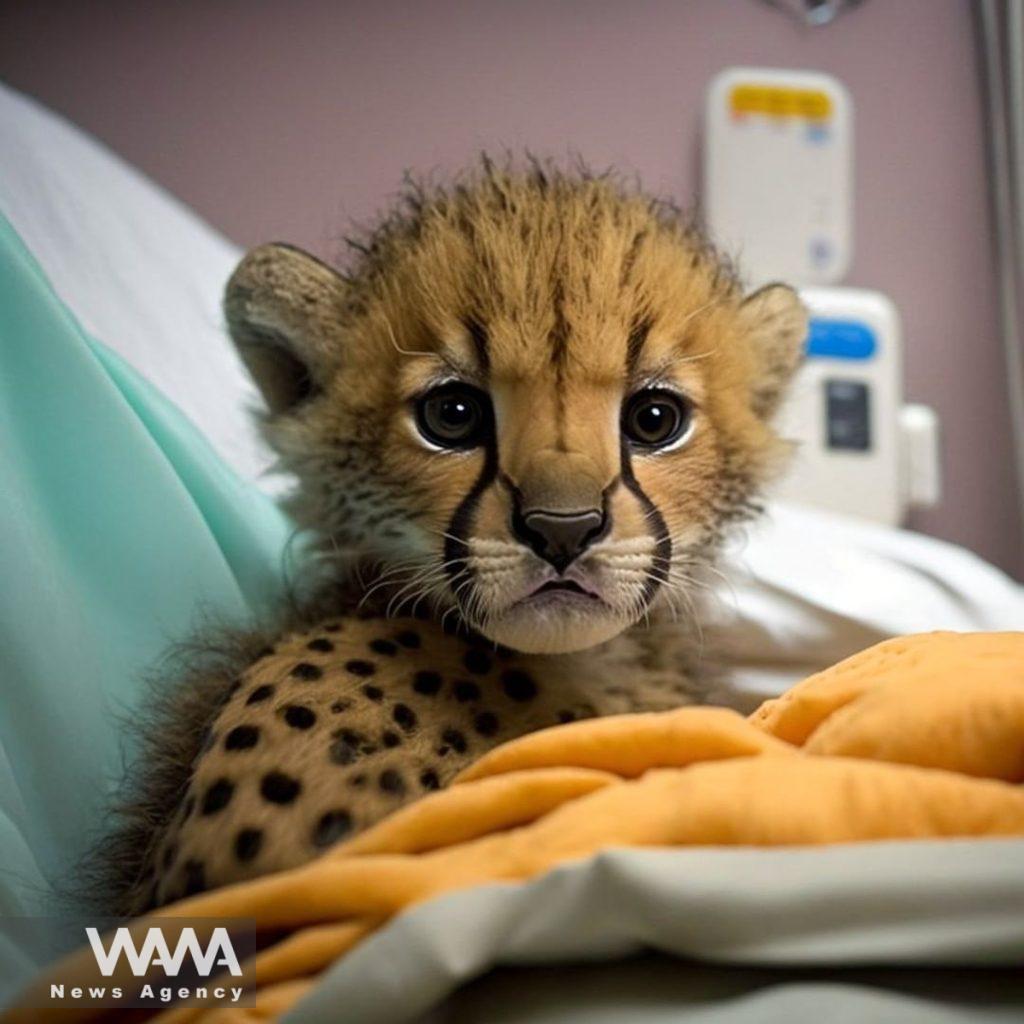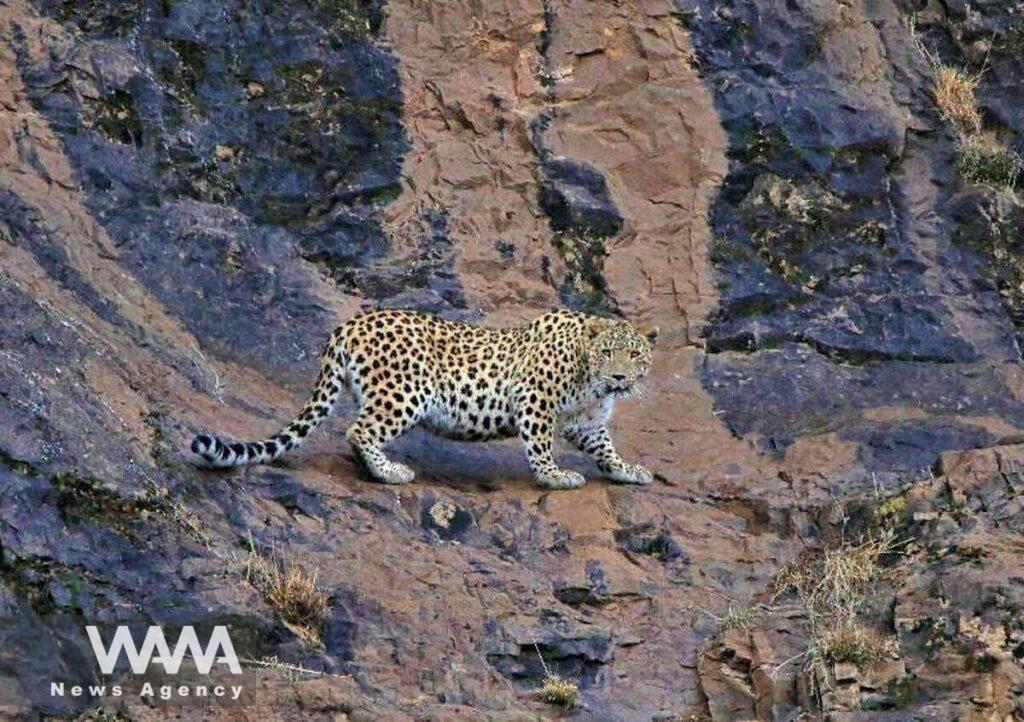A contemporary story of Iran’s “Yuz-Palang”
WANA (Jun 27) – The Asiatic cheetah is a national symbol for the people of Iran, usually attributed to pride and strength, appearing in Persian art and literature.
On the brink of extinction, Iranians eagerly follow any news regarding the well-being of the few leopards left in the country. The number of these leopards has rapidly declined during the last ten years, completely wiped out in some areas.
In 2014, an environmental organization and a group of artists suggested raising awareness of the Asiatic cheetahs in Iran and their extinction risk. Placing the image of the cheetah on the national team’s jersey in the World Cup was discussed, leading to Iran becoming the first national football team to promote the conservation of an endangered species in the FIFA world cup. It was removed later on, turning instead into a cheetah print on the sleeves.
According to Iranian officials, only 12 wild Asiatic Cheetahs are thought to live in the country. At the same time, it remains one of the last strongholds for this critically endangered wild cat species.
In 2022, a female cheetah called Iran was transferred to a wildlife refuge center northwest of the country, where she was matched with a male called Firouz. Iran bore the three cubs in May; two died within days due to malnutrition and organ failure. The third, named Pirouz, hardly survived.
According to the veterinarian in charge of his care, Pirouz had a life expectancy of 60 percent at birth and also suffered from digestive issues in the first weeks of his life. Pirouz was five months old when the recent protests erupted across Iran. He sadly died from kidney failure, saddening the nation with his death since everyone hoped that the cubs’ birth in captivity would help increase the cheetah population.

Pirouz is an Asiatic cheetah born on 1 May 2022. hospitalized due to gastrointestinal disease. Social Media / WANA News Agency
The “Iranian opposition,” mainly in Western countries, started using his unfortunate death to achieve their goals. They claimed that the Islamic Republic is directly responsible for the animal’s death due to lack of proper care, aiming to portray the government as negligent in animal rights and environmental matters.
Pirouz, which means ‘victorious’ in Farsi, became the subject of new anti-Iran propaganda, breaking the hearts of Iranians who watched as every national treasure was being used for specific political purposes.
According to the opposition, the Islamic Republic was not only behind the death of Pirouz, but it was also purposely destroying national ecosystems and even causing harm to ordinary civilians due to its careless management of the environment.
Claiming that a “regime change” is necessary to protect nature is a colonial argument. This rhetoric is reminiscent of the “civilizing mission” colonial mindset that viewed natives as incapable of self-governance.
However, nobody blamed the financial sanctions on Iran, which directly affected this instance. In collaboration with the Global Environment Facility, the United Nations Development Program (UNDP) co-funded the Conservation of Asiatic Cheetah Project (CACP) in the early 2000s to save this endangered species.

Leopard of Mazandaran. Social Media / WANA News Agency
The UNDP support was discontinued due to “budget cuts.” At the same time, outside donations cannot happen due to the US-imposed sanctions on Iran’s financial sectors.
While there are undeniable environmental issues in Iran, such as air quality and pollution in major cities such as Tehran, the “opposition” using the death of an animal for their objective is a low blow.
As a matter of fact, Iran has succeeded in the past in saving other species to healthy and steady populations. The Persian leopard was rarely seen outside of Iran for some decades ago. The Persian leopard was considered extinct in neighboring countries for over half a century.
Due to hard work and conservation policies done single-handedly by Iran, the Persian leopard is now retaking territories from the Middle East to the southern Caucasus and Central Asia. In several countries’ leopard reserves have already been established.
WANA writer / F. Fazaeli / Jun 27, 2023














User comments